Tag: Lewis-Clark State College
Lewis-Clark State College – Apparatus/Driver Operator – January 14, 2025 to May 7, 2025 – CLOSED
contact: Travis Myklebust
tamyklebust@lcsc.edu
Form meets function in packaging design program
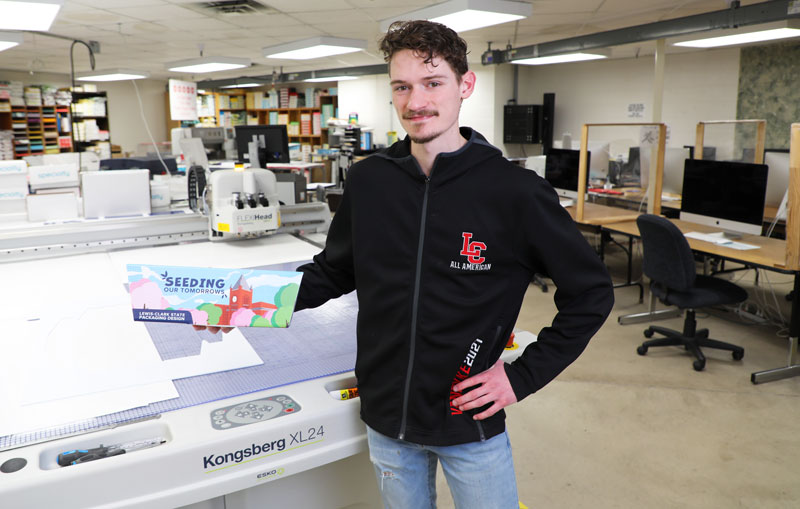
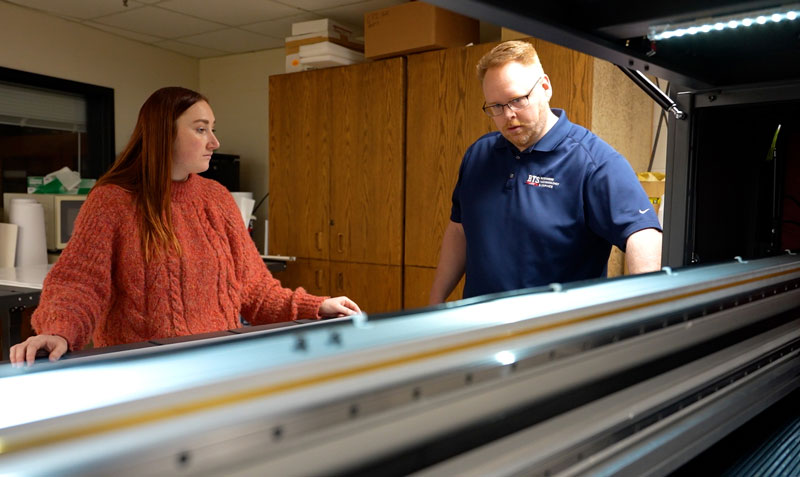
Think of all the packaging you come into contact with every day. Everything from the bottle that holds your shampoo to the tube that holds your toothpaste to the carton that holds your milk had to be designed by someone. And thanks to Assistant Professor Andy Tuschhoff, there’s a chance that the box that holds your cereal was designed by a graduate of Lewis-Clark State College’s (LCSC) Packaging Design program.
Tuschhoff began teaching at LCSC 18 years ago after the commercial printer he worked for in Boise closed.
“My supervisor at the print shop planted that seed when he told me I was really good at my job and should teach my craft to others,” said Tuschhoff. “When I moved back up to Lewiston, that seed germinated, and when an instructional aid position in the Graphic Communication program opened up at LCSC, I jumped at it.”
Initially, Tuschhoff taught students how to use graphic design software like Adobe InDesign. But when another faculty member brought in some packaging production equipment, Tuschhoff took to it and began offering packaging production as an elective course.
“Once, I gave a tour of the program to a high school sophomore who wasn’t sure where they wanted to go or what they wanted to do after high school. They looked around and said, ‘This is what I want to do!’ That’s always stuck with me.”
Andy Tuschhoff

“The Associate of Applied Science (AAS) in Graphic Communication is a good, solid program, but I knew that if we were going to prepare students for the workforce, we had to put more packaging-specific classes behind them,” said Tuschhoff.
Before long, Tuschhoff started taking on more classes and setting up an Intermediate Technical Certificate in Packaging Design. And when Tuschhoff became an assistant professor five years ago, he began developing an AAS in Packaging Design.
“I was able to travel to the WestRock packaging facility in Twin Falls to observe and work with their structural designer for a few days,” said Tuschhoff. “He and their sales manager had invaluable input for course development and expansion, as well as helping us match industry safety protocols in our lab spaces.”
Beyond the principles of design students learn in the AAS in Graphic Communications program, Tuschhoff’s students must learn how those skills translate to three-dimensional structures. The program has a partnership with the International Corrugated Packaging Foundation (ICPF), which has aided in acquiring software and equipment, such as a packaging-specific computer- aided design software called Impact, and a sample table to create true-to-life prototypes. Tuschhoff’s students participate in ICPF’s annual Careers in Corrugated conference and have access to its online career portal to connect with internship and job opportunities. “One of my students landed an internship with a local munition manufacturer’s in-house design team,” said Tuschhoff. “It went so well they were able to offer the student a full-time position.”
In addition to working with industry-standard software and equipment, students can apply what they learn to clients on campus or in the community. Last spring, his students worked with Weiser Classic Candy.
“They’re a pretty well-established company, so the client already knew how he wanted it to be represented, but it was still a cool opportunity for them to create some new container styles,” said Tuschhoff. “Those are currently in production and will be on shelves soon.”
In the future, Tuschhoff would like to see more students coming to LCSC specifically for an AAS in Packaging Design.
“Unfortunately, not enough students interested in graphic design know this career exists. It is so fun, and there’s so much opportunity on both the design and production side of things,” said Tuschhoff. “Once, I gave a tour of the program to a high school sophomore who wasn’t sure where they wanted to go or what they wanted to do after high school. They looked around and said, ‘This is what I want to do!’ That’s always stuck with me.”
CONNECT Countdown – Region 2
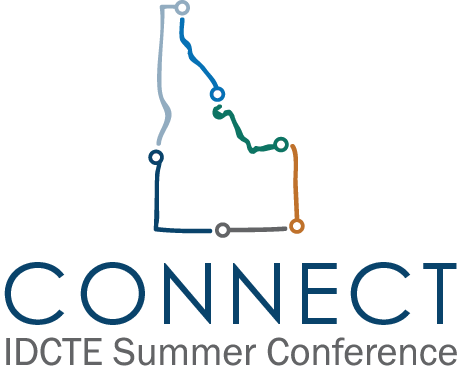
As State Administrator Clay Long announced on May 3, the Idaho Division of Career Technical Education will be moving from a single summer conference to three rotating regional conferences in 2022.
You can register for any event, space permitting, regardless of where you live or work. And no matter which event you attend, the registration fee and division program will be identical for all three conferences.* Choose the event that works best for you and save the date:
| Dates | Schedule |
| July 13-16, 2022 | College of Southern Idaho |
| Aug. 3-6, 2022 | College of Eastern Idaho |
| Sept. 21-24, 2022 | Lewis-Clark State College |
LCSC grad takes over Collision Repair Technology program
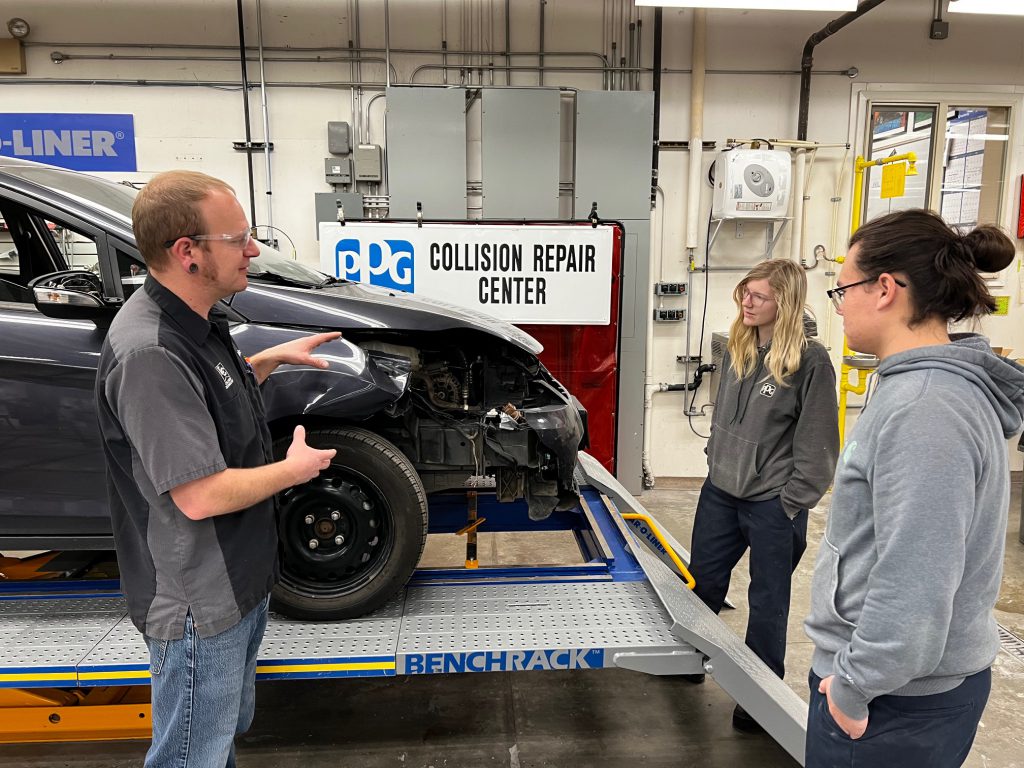

Growing up in the unincorporated town of Laclede, Idaho, Luke Thomas didn’t know what he wanted to do after high school—but he did know he loved working on cars.
“We had a neighbor who worked on cars, and he helped me restore my first vehicle,” said Thomas.
From then on, Thomas was hooked. A family friend who taught at Lewis-Clark State College (LCSC) recommended its two-year Collision Repair Technology program. The program’s reputation, hands-on application, small class size, and one-on-one time with the instructor all appealed to Thomas, who graduated with an Associate of Applied Science in 2008.
After graduation, Thomas’ career was humming along. He had his own repair shop and worked on custom restorations, but he wanted to explore a different facet of the industry. Around that time, Thomas’ professor, Clarence Griffin, decided to transition to teaching part-time, so Thomas saw an opportunity to teach in the same program from which he graduated.
“I was ready for a change and the opportunity to teach the collision program arose at the right time,” said Thomas. “It sounded like a fun way to change things up and help make a difference in the industry.”
During his first three years teaching, Thomas was grateful to be teaching alongside Griffin. And for the most part, Thomas kept the program the same as when he completed it. During the first year, core instruction is provided, and during the second year, students receive in-depth instruction in more complex systems and hands-on training in mock and customer projects.
“Because it’s a two-year program, students can go beyond just learning metal straightening or crash repairs,” said Thomas. “That means we can focus on more advanced skills, and they can get exposure to more facets of the collision repair industry. They’re qualified for a broad spectrum of industry segments by the end of the program, including some outside the collision field, like aviation refinishing, boat manufacturing refinishing, heavy trucks collision repair, custom cars, and hot rods.”
Luke Thomas
A major component of the program is completing an eight-week internship with a local shop. Many students have jobs lined up after graduation at the shop where they completed their internship, which many keep until they decide to move on. The internship allows employers to tap into a talent pipeline to fill their needed positions, which Thomas says translates into more support for the program. Body shop owners have donated vehicles, parts, and uniforms or provided scholarships for the students, and vendors will come in for demonstrations or product training.
Six years later, Thomas has found what he was looking for as a career technical educator. Teaching gave him the freedom to continue running his repair shop and custom restoration business while having more time to pursue other interests. It’s also given him a more holistic perspective of the industry he loves, deepening his appreciation for it.
Above all, Thomas says teaching has allowed him to share his passion with others. “I like seeing someone make something of themselves,” said Thomas. “It takes a lot of work to complete the two-year program, and it’s very rewarding to see a student who completed the program working in the industry and enjoying it.”
 Official Government Website
Official Government Website